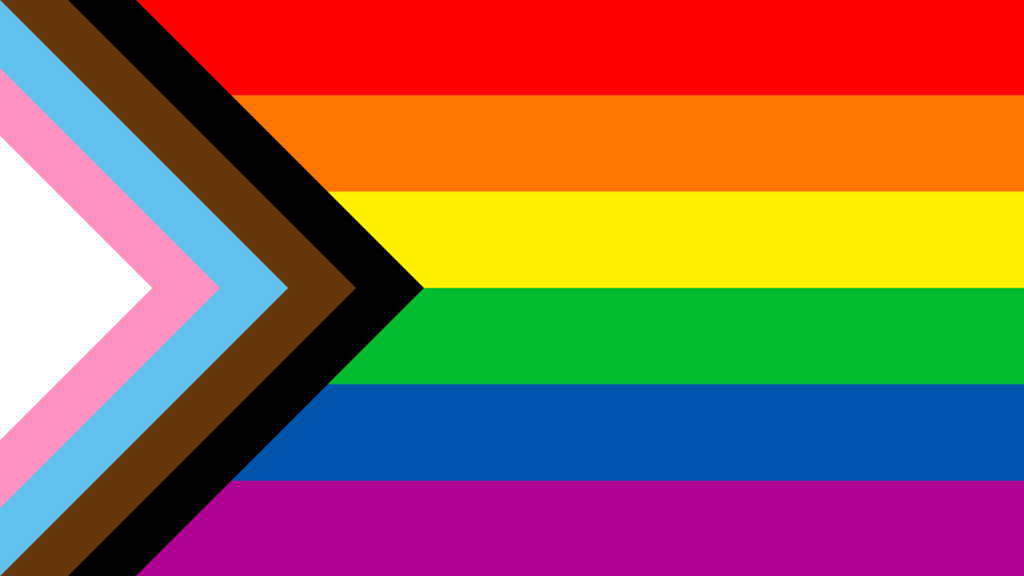
Pride Month takes place for the entire month of June and is dedicated to 2SLGBTQIA+ voices, the celebration of LGBTQ culture and support of those individuals’ rights. Starting with the Stonewall Uprising in June 1969, Pride Month both commemorates and celebrates LGBTQ activism and culture through the years.
Pride Month often involves colourful parades, workshops, festivals, parties and more to commemorate years of struggle for basic human rights and civil rights along with the ongoing pursuit of equal justice under the law for the lesbian, gay, bisexual, transgender, queer and two-spirited community.
But why is Pride Month celebrated in June and what was the Stonewall Uprising in June 1969?
The Stonewall riots were a series of spontaneous demonstrations by members of the gay community in response to a police raid that began in the early morning hours of June 28, 1969, at the Stonewall Inn in the Greenwich Village neighbourhood of Manhattan, New York City.
“Also called the Stonewall Uprising, the raid sparked a riot among bar patrons and neighbourhood residents as police roughly hauled employees and patrons out of the bar, leading to six days of protests and violent clashes with law enforcement outside the bar on Christopher Street, in neighbouring streets and nearby Christopher Park,” says history.com.
The Stonewall Riots served as a catalyst for the gay rights movement in the United States and around the world.
The 1960s and decades prior were not welcoming for lesbian, gay, bisexual and transgender (LGBT) Americans. Solicitation of same-sex relations was illegal in New York City. So, LGBTQ individuals sought out gay bars and clubs where they could express themselves openly and socialize without fear. Or so they thought until the New York State Liquor Authority penalized and shut down establishments that served alcohol to known or suspected LGBTQ individuals, arguing that the mere gathering of homosexuals was “disorderly.”
The website says that thanks to activists’ efforts, these regulations were overturned in 1966, and LGBTQ patrons could now be served alcohol.
“But engaging in gay behaviour in public (holding hands, kissing or dancing with someone of the same sex) was still illegal, so police harassment of gay bars continued and many bars still operated without liquor licenses,” states the website. Raids were a regular occurrence, especially at the Stonewall Inn.
LGBTQ people weren’t just arrested at these raids. They were often also photographed by members of the media, who would then publish their full names and photos in their newspapers. As a result, those arrested would often get evicted from their homes or fired from their jobs.
“There were little civil rights protections,” Joe Negrelli told Business Insider, who was there in the early morning hours of June 28, 1969, when the Stonewall Uprising took place. Negrelli was 17 at the time and recalled how it was routine for the police to raid bars that served liquor to LGBTQ people. The police would arrest them for touching, kissing, or dancing.
Police officers entered the club that morning armed with a warrant, became rough with patrons, arrested 13 people, including employees and people violating the state’s gender-appropriate clothing statute (female officers would take suspected cross-dressing patrons into the bathroom to check their sex).
At that point, patrons became fed up with the constant police harassment and discrimination. Angry patrons and some in the neighbourhood stuck around outside this time instead of dispersing as usual.
History.com says at one point, an officer hit a lesbian over the head as he forced her into the police van. She shouted for onlookers to act, inciting the crowd to begin to throw pennies, bottles, stones and other objects at the police.
“Within minutes, a full-blown riot involving hundreds of people began. The police, a few prisoners and a Village Voice writer barricaded themselves in the bar, which the mob attempted to set on fire after breaching the barricade repeatedly.
“The fire department and a riot squad were eventually able to douse the flames, rescue those inside Stonewall, and disperse the crowd. But the protests, sometimes involving thousands of people, continued in the area for five more days, flaring up at one point after the Village Voice published its account of the riots.”
A year later, hundreds of people gathered again outside the Stonewall Inn to commemorate the anniversary of the uprising. That march, from Greenwich Village to Central Park, would become what’s widely know as the first Pride parade.
Although the Stonewall Uprising didn’t start the gay rights movement, it was a large force for LGBTQ political activism, leading to numerous gay rights organizations.
“In 2016, then-President Barack Obama designated the site of the riots—Stonewall Inn, Christopher Park, and the surrounding streets and sidewalks—a national monument in recognition of the area’s contribution to gay rights,” reads history.com.







